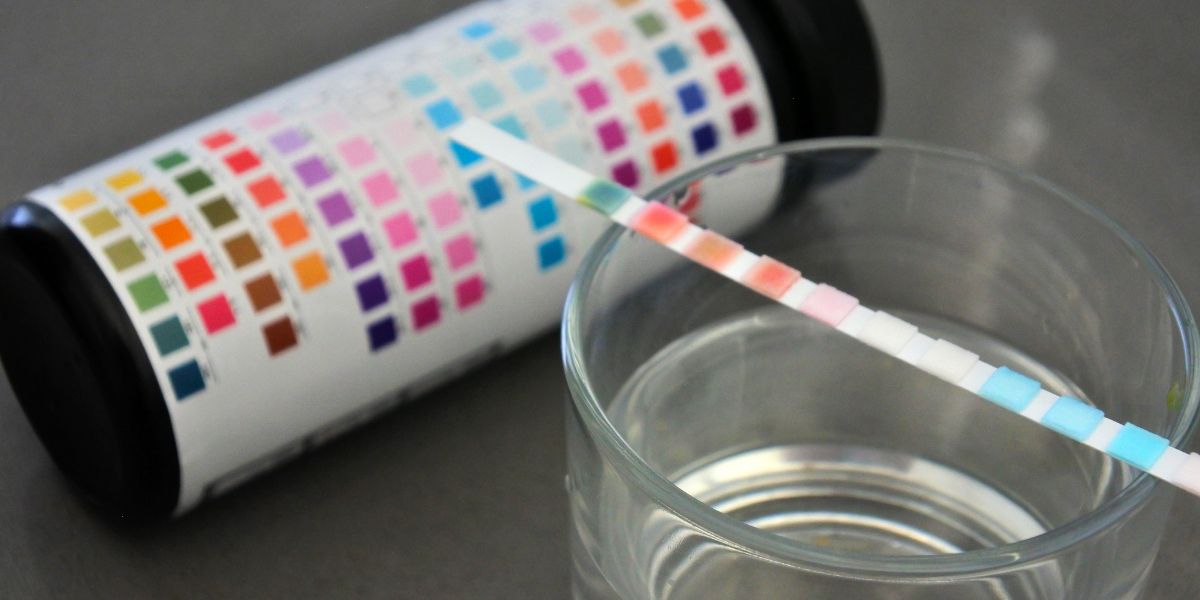The Impact of pH Levels on Chili Plant Growth and Development

Chili plants are beloved by many gardeners and hot pepper enthusiasts for their vibrant colors, unique flavors, and varying heat levels. While growing these fiery fruits can be a rewarding experience, it's essential to understand the various factors that can influence their growth and development.
One often overlooked but crucial aspect is the soil pH level. A proper understanding of pH levels and their impact on chili plants will enable you to create the ideal environment for your plants to thrive.
Are you a chili pepper lover who wants to learn how to grow chili pepper plants at home? Look no further! Click below to find out which must-have books will guide you through the process of growing your own chili peppers...
The pH level of your soil or potting mix plays a significant role in the overall health of your chili plants. It affects the availability of nutrients and the ability of the plant to absorb them, which in turn influences growth, fruit production, and even the flavor of your chilies.
This article will delve into the importance of pH levels in chili plant growth and development, the optimal pH range for these plants, and how to test and adjust pH levels to create the perfect growing environment.
By the end of this article, you'll have a comprehensive understanding of the impact of pH levels on chili plant growth and development. Armed with this knowledge, you'll be better equipped to cultivate a successful and bountiful chili pepper harvest.
From recognizing and addressing common pH-related problems to learning how to make the necessary adjustments, this guide will provide you with the tools and information necessary to optimize your chili plants' growing conditions.
Understanding Soil pH and Its Importance for Chili Plants
Soil pH is a measure of the acidity or alkalinity of the soil. It is measured on a scale of 0 to 14, with 7 being neutral. A pH level below 7 indicates acidic soil, while a pH level above 7 signifies alkaline soil.
The pH level affects the availability of nutrients in the soil and the ability of chili plants to absorb these nutrients. If the soil pH is too low or too high, certain essential nutrients may become unavailable, leading to nutrient deficiencies and poor plant growth.
Chili plants, like many other plants, have a preferred pH range for optimal growth and development. Generally, chili plants thrive in slightly acidic soil, with a pH range of 6.0 to 6.8.
Within this range, the majority of essential nutrients are available, and chili plants can absorb them efficiently. Proper pH levels also promote a healthy root system and prevent the growth of harmful fungi and bacteria.
Testing and Adjusting Soil pH for Chili Plants
Before planting your chili seeds or seedlings, it's crucial to test the pH of your soil. You can purchase a soil test kit from your local garden center or online. The test will help you determine the current pH level of your soil and guide you on whether you need to adjust it.
If your soil pH is too low (acidic), you can raise it by adding lime (calcium carbonate) or wood ash. On the other hand, if your soil pH is too high (alkaline), you can lower it by incorporating sulfur, peat moss, or other organic materials. Make sure to follow the instructions on the product label and retest your soil after making adjustments.
When growing chili plants in containers, it's essential to use the right potting mix. Many commercial potting mixes have a pH level specifically formulated for growing vegetables, including chilies. If you're unsure about the pH level of your potting mix, you can test it using a soil test kit.
Maintaining Optimal pH Levels Throughout the Growing Season
Maintaining the optimal pH level throughout the growing season is crucial for the health and productivity of your chili plants. Regularly monitor the pH level of your soil or potting mix and make adjustments as needed. Adding organic matter, such as compost or well-rotted manure, can help stabilize the pH level and improve the overall soil structure.
In addition to monitoring and adjusting the pH level, ensure that your chili plants receive adequate water, nutrition, and light for optimal growth. Proper pruning and support also contribute to the overall health of your chili plants.
Common pH-Related Problems and How to Address Them
Chili plants may exhibit signs of stress or nutrient deficiencies if the pH level is not within the optimal range. Some common pH-related issues include:
Yellowing leaves (chlorosis): When the soil pH is too high, it may cause a deficiency in iron, manganese, or zinc. This deficiency can result in yellowing leaves, especially on new growth. To address this issue, lower the soil pH by adding sulfur or organic materials and provide the appropriate nutrient supplements.
Poor fruit development: An improper pH level may interfere with the plant's ability to absorb essential nutrients, leading to poor fruit development. Ensure that the pH level is within the optimal range, and provide a balanced fertilizer to address nutrient deficiencies.
Slow or stunted growth: Inadequate pH levels can negatively impact the overall growth of your chili plants. Adjust the pH level to the optimal range and ensure that your plants receive the necessary care, including water, nutrients, and light.
In conclusion, understanding the impact of pH levels on chili plant growth and development is essential for a successful harvest.
By regularly testing your soil or potting mix, making necessary adjustments, and providing proper care, you can create the ideal growing environment for your chili plants.
For more information on growing chilies, check out our comprehensive resources at chiligrowing.com and learn about everything from the chili plant life cycle to growing chilies indoors.



